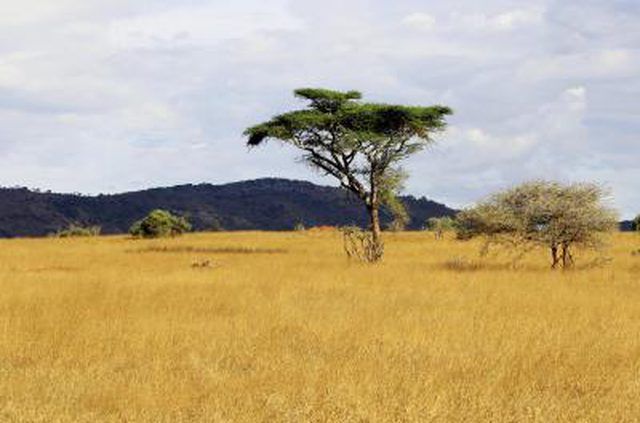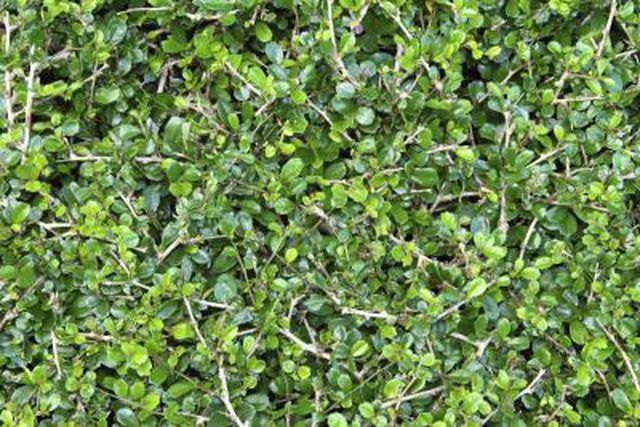Bulbs
Flower Basics
Flower Beds & Specialty Gardens
Flower Garden
Garden Furniture
Garden Gnomes
Garden Seeds
Garden Sheds
Garden Statues
Garden Tools & Supplies
Gardening Basics
Green & Organic
Groundcovers & Vines
Growing Annuals
Growing Basil
Growing Beans
Growing Berries
Growing Blueberries
Growing Cactus
Growing Corn
Growing Cotton
Growing Edibles
Growing Flowers
Growing Garlic
Growing Grapes
Growing Grass
Growing Herbs
Growing Jasmine
Growing Mint
Growing Mushrooms
Orchids
Growing Peanuts
Growing Perennials
Growing Plants
Growing Rosemary
Growing Roses
Growing Strawberries
Growing Sunflowers
Growing Thyme
Growing Tomatoes
Growing Tulips
Growing Vegetables
Herb Basics
Herb Garden
Indoor Growing
Landscaping Basics
Landscaping Patios
Landscaping Plants
Landscaping Shrubs
Landscaping Trees
Landscaping Walks & Pathways
Lawn Basics
Lawn Maintenance
Lawn Mowers
Lawn Ornaments
Lawn Planting
Lawn Tools
Outdoor Growing
Overall Landscape Planning
Pests, Weeds & Problems
Plant Basics
Rock Garden
Rose Garden
Shrubs
Soil
Specialty Gardens
Trees
Vegetable Garden
Yard Maintenance
Ebony Tree Facts
Ebony Tree Facts. Ebony is a dark brown to jet black wood that is prized for its color, hardness and density. The wood is prized for making piano keys as well as oboes, clarinets and even bagpipes. Ebony trees (Diospyrus melanoxylon) are found in the East African states of Mozambique and Tanzania. Ebony is the most expensive wood found in Africa....
Ebony is a dark brown to jet black wood that is prized for its color, hardness and density. The wood is prized for making piano keys as well as oboes, clarinets and even bagpipes. Ebony trees (Diospyrus melanoxylon) are found in the East African states of Mozambique and Tanzania. Ebony is the most expensive wood found in Africa. Ebony trees are also found in India and Ceylon, but the African ebony is considered the finest.

Ebony trees are an important resource to the peoples of Tanzania and Mozambique. Approximately 60,000 to 80,000 wood carvers make their living by carving wood from the ebony tree. Wood that is exported costs up to $17,000 per cubic meter. Several international attempts have been made to protect the ebony trees from over-exploitation. However, these efforts have been opposed by the governments of Tanzania and Mozambique for fear of negative economic impact.

Ebony is also known as blackwood or locally as mpingo. Ebony trees are members of the rosewood family and the branches bear sharp thorns. Ebony trees grow in grasslands and savannas as well as lowland coastal areas. Ebony tree roots can fix nitrogen, enriching the surrounding soil. Ebony trees do not typically grow in groups but are found in solitary existence. This may be due to its poor ability to compete with other trees in close proximity. It takes an ebony tree between 60 and 200 years to mature into a harvest-able commodity. Ebony trees reach a maximum height of about 30 feet with a diameter of about one foot.

Ebony trees that grow more slowly generally have denser, tighter-grained wood with darker to jet black hues. The finest wood comes from trees that are grown at higher altitudes and from older trees. Ebony that is grown in lower altitudes and particularly in iron-rich soils tends to have more red tones.

Tanzania issues licenses to cut ebony trees. This is an effort to control the take of ebony, and is also a source of revenue for the government. Tanzania has been replanting ebony trees since the 1960s and today has the largest amount of high-quality ebony in its forests than anywhere else. Young ebony is illegally harvested by locals who favor its denseness for making charcoal.

Harvest-ready mature trees in many parts of the world have largely disappeared due to logging. Ebony was once available in India, Ceylon and Indonesia. Outside of Mozambique and Tanzania, there are smaller stands of ebony trees in many other African nations such as Kenya and Malawi. Intentional logging of the older, straight-trunked trees may be damaging the gene pool by depriving healthy seeds for future generations. It is estimated that there are about 1.5 million ebony trees left in Mozambique and Tanzania, with only about 20 percent of a harvest-ready size. At the current rate of harvest between 20,000 and 30,000 trees per year, the harvest-ready population of ebony trees is shrinking by about 5 percent per year.
